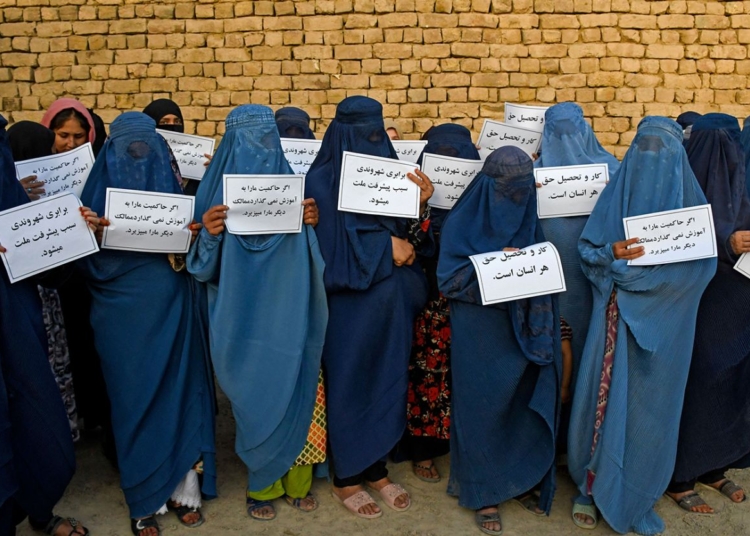The escalating violence in Afghanistan is a pressing issue that needs to be addressed urgently. The ongoing conflict between the government and insurgent groups like the Taliban has resulted in devastating consequences for the Afghan people, including countless casualties and widespread destruction. By understanding the root causes of this violence, such as the presence of militant groups and external support, we can begin to explore potential solutions for achieving lasting peace in the country. Through dialogue, negotiations, and efforts to strengthen governance and security, there is hope that Afghanistan can overcome its challenges and build a peaceful and prosperous future for its people.
Rising Violence in Afghanistan: What Does the Future Hold?
Introduction
Over the past few years, Afghanistan has experienced a significant increase in violence and instability. The ongoing conflict between the Afghan government and various insurgent groups, such as the Taliban, has resulted in countless casualties and widespread destruction. This article will explore the current situation in Afghanistan, analyze the root causes of the violence, and discuss potential solutions for achieving lasting peace in the country.
Root Causes of Violence
One of the main factors contributing to the escalating violence in Afghanistan is the presence of militant groups, such as the Taliban, who continue to fight against the Afghan government and foreign forces. These groups have strongholds in various parts of the country and control significant territory, allowing them to launch regular attacks on government forces and civilians.
Another contributing factor is the influence of external actors, such as neighboring countries and international terrorist organizations, who often provide support and funding to militant groups operating in Afghanistan. This external support allows these groups to sustain their operations and pose a significant threat to stability in the region.
The Human Cost of Violence
The impact of the violence in Afghanistan cannot be overstated. Countless civilians have been killed or injured in the conflict, and many more have been displaced from their homes. The ongoing violence has also taken a toll on the country’s economy, hindering development and causing widespread poverty and suffering.
Furthermore, the violence has had a profound impact on the mental health and well-being of the Afghan people, many of whom have been traumatized by the constant threat of violence and the loss of loved ones. The psychological scars left by years of conflict will likely take years to heal, even if peace is eventually achieved.
Potential Solutions
Despite the challenges facing Afghanistan, there are potential solutions that could help bring an end to the violence and pave the way for lasting peace in the country. One possible approach is to engage in dialogue and negotiations with militant groups, such as the Taliban, in order to reach a political settlement and address the grievances that fuel the conflict.
Additionally, efforts to strengthen the Afghan security forces and improve governance and rule of law in the country could help reduce the influence of militant groups and create a more stable and secure environment for all Afghans. International support and cooperation will also be crucial in addressing the root causes of the violence and supporting efforts to build a peaceful and prosperous future for Afghanistan.
Conclusion
As Afghanistan continues to grapple with rising violence and instability, it is clear that there are no easy solutions to the complex challenges facing the country. However, by addressing the root causes of the violence, engaging in dialogue and negotiations with militant groups, and strengthening governance and security, there is hope that lasting peace can be achieved in Afghanistan. The road ahead will be difficult, but with determination and international support, a brighter future is possible for the people of Afghanistan.













